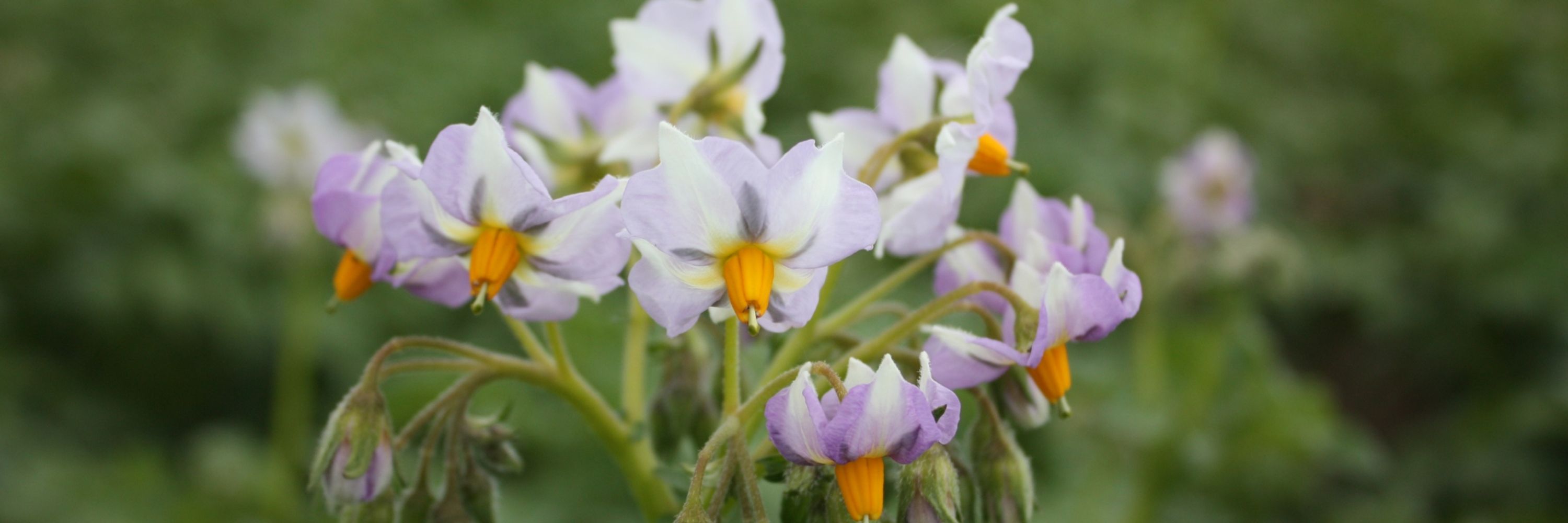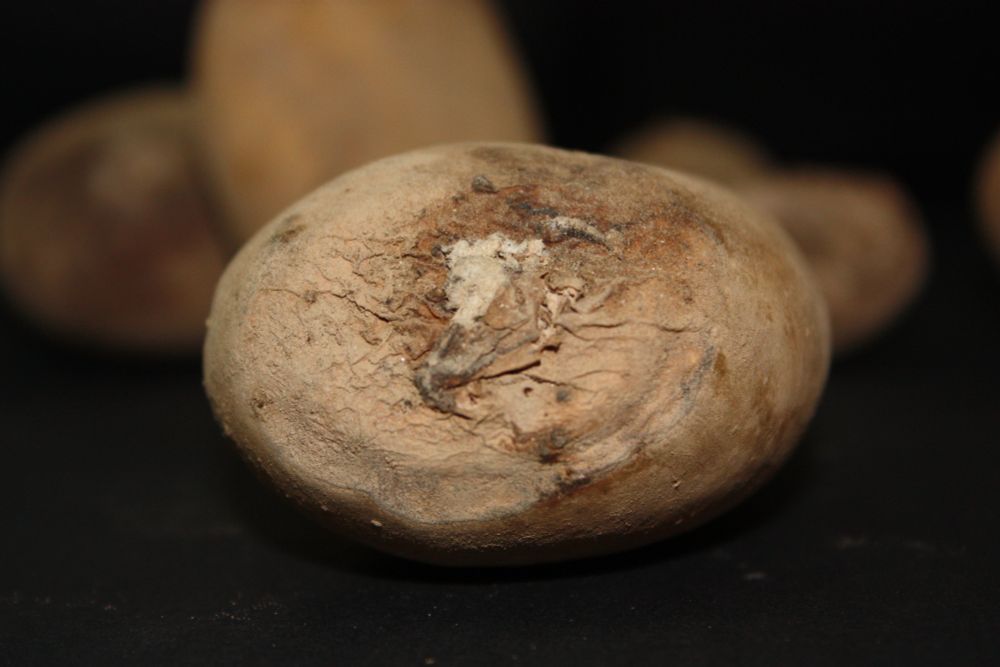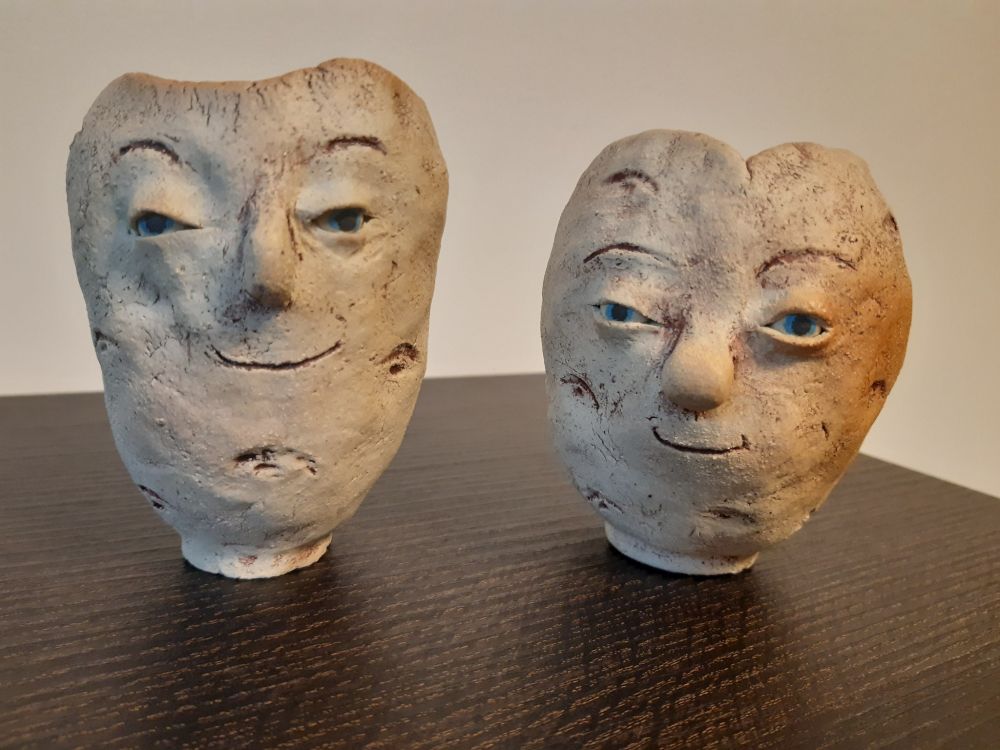Historical data provide new insights into inheritance of traits important for diploid potato breeding - Planta
Key message Using a diploid potato diversity panel of 246 breeding lines, a genotyping-by-sequencing and a GWAS approach, we mapped QTL for ten traits important to potato breeders, including two previously unmapped traits: boiled tuber taste and pollen fertility. Abstract Potato breeding at the diploid level has a long history and has gained new impetus recently, when F1 hybrid breeding was made possible with the discovery of a dominant gene for self-compatibility. Our study deploys a unique diploid diversity panel with a broadened cultivated potato gene pool obtained as a result of introgressing valuable traits from wild potato relatives into the Solanum tuberosum background. Using historical phenotyping data collected between 1979 and 2017 for 246 diploid potato clones and high-density genotyping-by-sequencing, we mapped quantitative trait loci (QTL) for tuber yield, mean tuber weight, tuber shape and regularity, tuber eye depth, purple tuber skin colour, flesh colour, tuber starch content, boiled tuber taste (flavour) and pollen fertility. We found some QTL located in genomic regions described in earlier studies, e.g. the QTL for the tuber flesh colour on chromosome 3 overlapping with the location of beta-carotene hydroxylase gene. We identified novel QTL for mean tuber weight on chromosomes 8, 9 and 11 and for purple tuber skin colour on chromosomes 6, 7 and 8. QTL for boiled tuber taste and pollen fertility estimated by Lactofuchsin staining have not been mapped before. We found two regions on chromosome 10 affecting the boiled tuber taste, and QTL on chromosomes 2, 4, 5, 6, 9, and 12 for pollen fertility. Considering the increased interest in diploid hybrid potato breeding, the results presented here hold greater relevance and provide novel targets for potato breeding and research at the diploid level.








